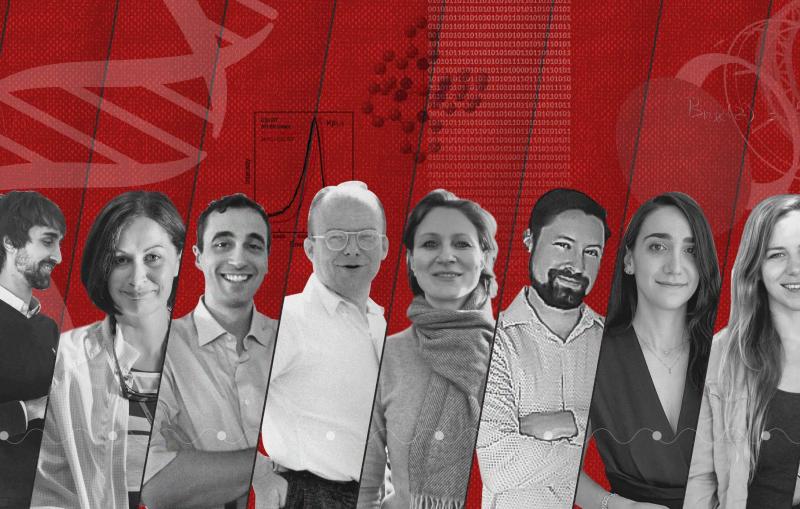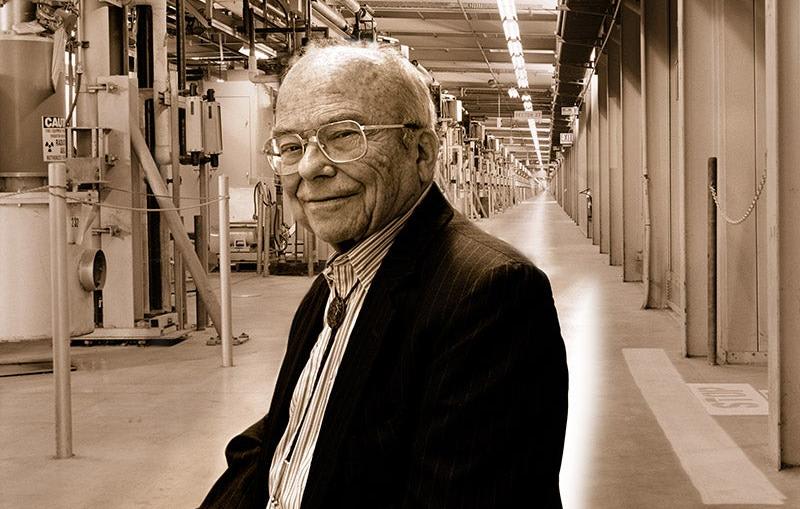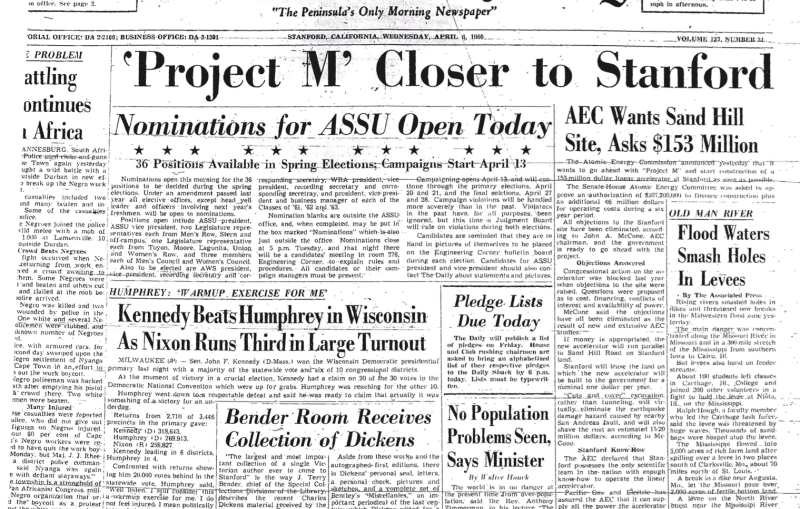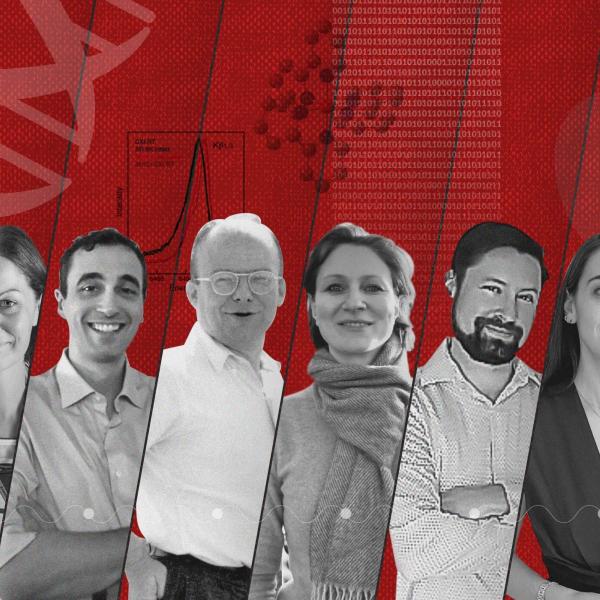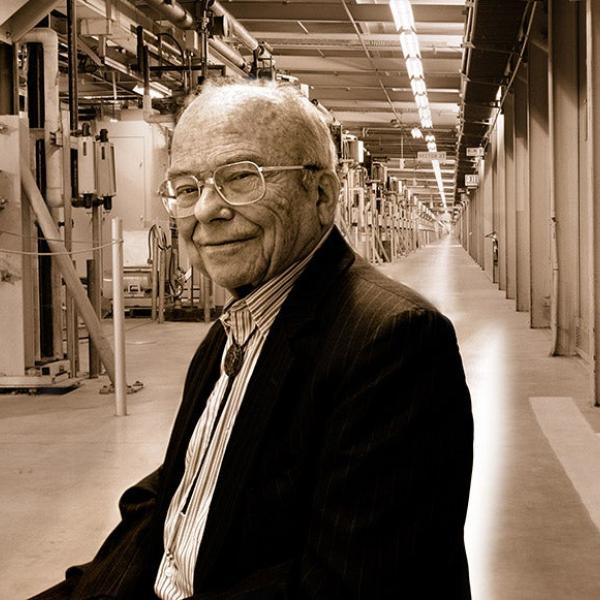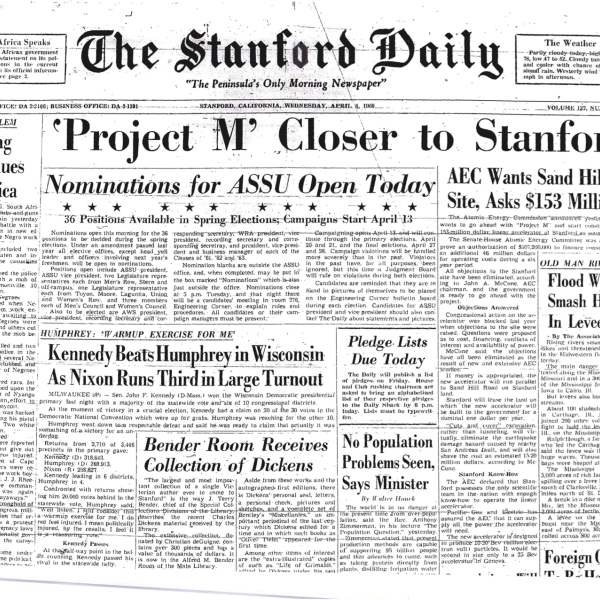Wolfgang K. H. “Pief” Panofsky, a renowned physicist and passionate arms control advocate, was SLAC’s first director. He led construction of the lab’s 2-mile-long linear accelerator, promoted the use of SPEAR as one of the earliest synchrotron light sources and oversaw a research enterprise that produced three Nobel Prizes.
Panofsky graduated from Princeton University in 1938, received his PhD in physics from the California Institute of Technology in 1942 and served as consultant to the Manhattan Project, helping build the...
Wolfgang K. H. “Pief” Panofsky, a renowned physicist and passionate arms control advocate, was SLAC’s first director. He led construction of the lab’s 2-mile-long linear accelerator, promoted the use of SPEAR as one of the earliest synchrotron light sources and oversaw a research enterprise that produced three Nobel Prizes.
Panofsky graduated from Princeton University in 1938, received his PhD in physics from the California Institute of Technology in 1942 and served as consultant to the Manhattan Project, helping build the first atomic bomb during World War II.
In 1945 Panofsky began work as a staff physicist at the Radiation Laboratory at the University of California, Berkeley, and was named assistant professor of physics in 1946. In 1951 he joined Stanford as a full professor, directing its High Energy Physics Laboratory from 1953 until 1961, when he became director of SLAC.
Panofsky was a member of the President's Science Advisory Committee in the Eisenhower, Kennedy and Johnson administrations. He advised the U.S. Atomic Energy Commission and the Department of Energy on their nuclear weapons and arms control programs. His promotion of international collaboration and open science exchange helped to bring China and the former Soviet Union into the worldwide science community. In 1981 he became an active member of the National Academy of Sciences' Committee on International Security and Arms Control, serving as its chairman from 1985 to 1993. He helped to found Stanford’s Center for International Security and Arms Control and was a member of JASON, an independent group of scientists that advises the U.S. government.
Panofsky was a fellow of the American Physical Society and served as its president in 1974. He was also a member of the National Academy of Sciences as well as a foreign member of the Chinese, French, Italian and Russian scientific academies. Panofsky was awarded many honors during his lifetime, most notably the National Medal of Science in 1969 and the U.S. Department of Energy's Enrico Fermi Award in 1979.
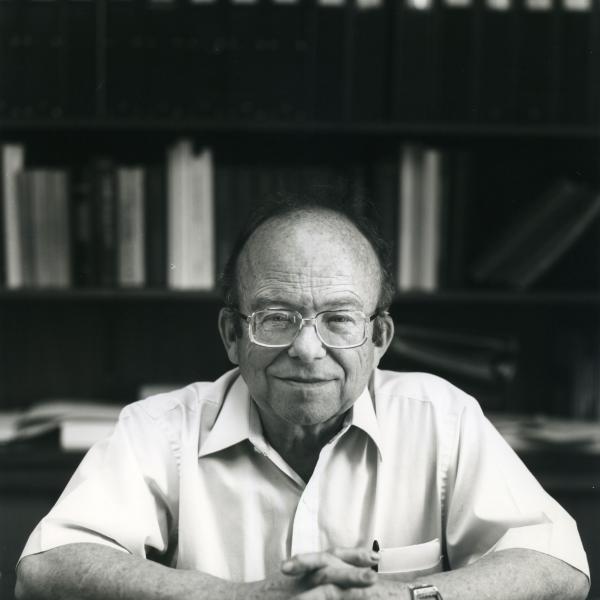 Portrait of W. K. H. Panofsky at SLAC taken by Leo Holub 1984.
(Leo Holub/Courtesy of SLAC History & Archives)
Portrait of W. K. H. Panofsky at SLAC taken by Leo Holub 1984.
(Leo Holub/Courtesy of SLAC History & Archives)
